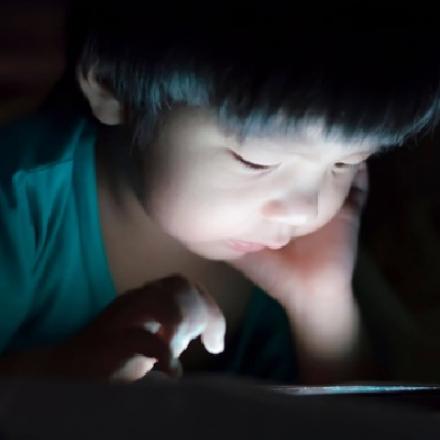
Baby Eye Color
Essentially all newborn babies have light-colored eyes that appear blue or gray. The eye color actual comes from pigment in the iris, the area around the black pupil in the center of the eye. Babies have very little pigment at birth, so most infants around the world have light eyes.
Eye color used to be considered a very simple trait that parents passed down to their children. It was thought to be an example of Mendelian genetics, named for a monk named Gregor Mendel who described the genetics of pea plants in the middle 1800’s.
Following Mendelian genetics, each child needs two genes for eye color, one from each parent. Brown is the dominant eye color, with blue being recessive. This means that anyone with a blue and a brown gene will have brown eyes. So, if you have brown eyes, you could have two brown eye genes, or one brown and one blue.
If you marry someone with brown eyes, that person could have the same genes. Your baby eye color would probably be brown, but if there was a blue gene on each side, you could have a child with blue eyes.
If someone with both genes and brown eyes marries someone with similar genetics, their children will get one gene from each parent.
These combinations would be:
Brown (father) – Brown (mother) – Brown eyes
Brown (father) - Blue (mother) – Brown eyes
Blue (father) – Brown (mother) – Brown eyes
Blue (father) – Blue (mother) – Blue eyes
So one out of four children, statistically speaking, might have blue eyes. If either parent had two brown genes, none of the children would have anything but brown eyes. Similarly, two parents with blue eyes should only have blue-eyed children.
Green eyes and other variations like hazel are not so straightforward, although they tend to be dominant over blue. Brown eyes tend to be dominant over green eyes.
Now scientists know that baby eye color is not that simple, although the inheritance usually looks like it is. There are a number of genes involved. One called “OCA2” is involved in pigmentation of other parts of the body and also involved in the variety of eye colors.
The complexity explains why some people have varying shades of blue or purple eyes, or the wide range from green to hazel to amber to brown. It also explains why there can be flecks of different colors in the eyes. The flecks of other colors like amber can actually come from other pigments. Blue actually means there is very little pigment.
So, a baby with blue or grey eyes is most likely going to have brown eyes eventually, especially in parts of the world where most people have brown eyes because the production of melanin in the iris will increase with age. In areas where there are people with lighter eyes, it may take six months to a year to find out what color the child’s eyes will turn out to look like. They can even turn dark later than that.
We now know that the blue color of the eye is not because the iris is actually blue. Without the pigment melanin developing in the main part of the iris, the eye appears blue due to the way light interacts with parts of the eye. When the pigment develops and turns brown, they eyes then look brown.
If you are wondering about the eyes your own children might have, think back to the eyes of your parents and grandparents, as well as your siblings. Your husband or wife should do the same. If there are light-colored eyes, blue eyes, scattered through the family, it is possible you will have a child with blue eyes. Green eyes are also possible.
Sometimes a different baby eye color than expected does occur, because the inheritance of eye color is more complicated than originally believed. There are rarer eye colorings, such as two different colored eyes, or albinism, a condition where there is absolutely no melanin and the eyes appear pink because of the blood vessels in the back of the eye.
So, although baby eye color usually appears light and may turn dark with age but still there are other possibilities.








